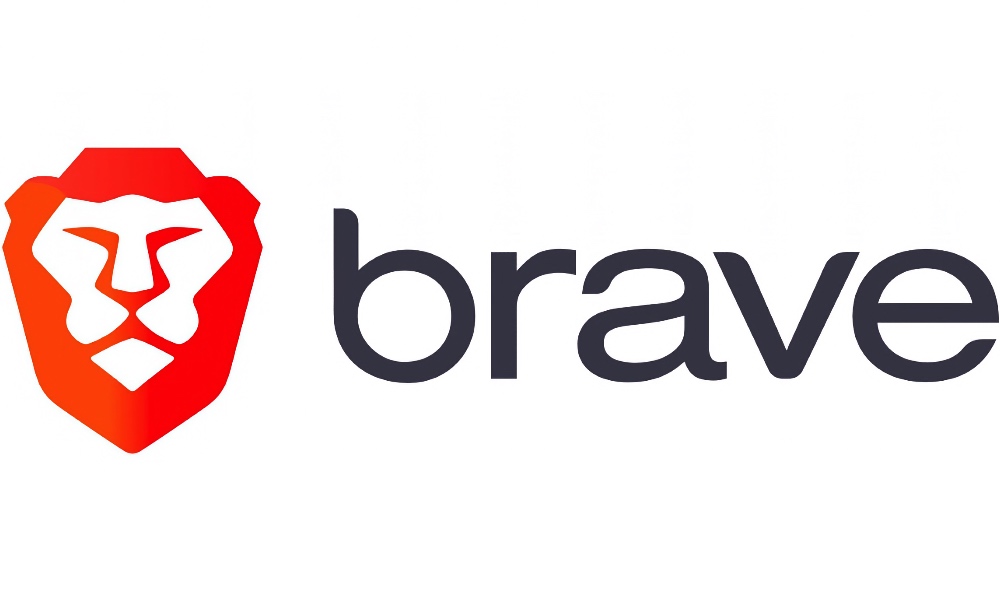Brave Sees Leap in EU iPhone Browser Installations in Wake of iOS 17.4 DMA Changes

Toggle Dark Mode
Privacy-focused browser company Brave reports it saw a sharp surge in installations of its browser on the iPhone device platform since the release of Apple’s iOS 17.4 update. This latest release included multiple changes for users in the European Union to bring Apple into compliance with the EU’s Digital Markets Act.
After installing iOS 17.4, iPhone users in the EU are presented with a splash screen the first time they open Safari, informing them that they can choose a new default browser. Some of the browser options include Brave, Microsoft Edge, Firefox, Opera, Google Chrome, and others.
Brave shared a graph on X (Twitter) that shows the number of Brave browser installations on the iPhone ranging from mid-January to early March. The graph shows daily installations of around 7,500 to 10,000, which leaped to 11,000+ following the release of iOS 17.4 on March 6.
“Monopoly defenders argue that the monopolies simply offer better products,” wrote Brave in a subsequent post. “But as you can see, when consumers get a clear choice of iOS browsers, they’re choosing alternatives to Safari.”
“Maybe that’s why Google still hasn’t implemented a browser choice screen on Android,” added the privacy-focused browser company.
The Brave browser on iOS offers an AI assistant, a firewall, a VPN, access to the Brave Wallet (which is a secure multi-chain crypto wallet), Brave Search that provides web search without tracking, Brave Playlist (allows users to add media and play it anytime, even offline), night mode to allow easy reading in low light environments, and much more.
Additional features include a built-in ad blocker, a pop-up blocker, tracking protection, HTTPS Everywhere, script blocking, private tabs, cookie consent notification blocking, voice search, and more.
To be considered for inclusion in the list of browser options in the EU, a browser app must meet the following requirements:
- It must have the Default Browser Entitlement
- It must have been downloaded by 5,000+ users across EU App Stores on iPhones in the previous calendar year
- If a developer offers multiple browser apps, only the most downloaded browser app will be eligible for inclusion
- The browser app must be available on the App Store on iPhone in the European Union
Apple selects up to 11 browsers for inclusion on the browser choice screen in addition to Safari. The Cupertino firm will update the list once per calendar year.
The list can vary slightly from country to country, but the list of included browsers in Austria is a good representation of the browser that will appear on the EU lists:
- Aloha, Aloha Mobile
- Brave, Brave Software
- Chrome, Google LLC
- DuckDuckGo, DuckDuckGo, Inc.
- Ecosia, Ecosia
- Edge, Microsoft Corporation
- Firefox, Mozilla
- Onion Browser, Mike Tigas
- Opera, Opera Software AS
- Safari, Apple
- Yandex, Yandex LLC
- You, SuSea Inc.
Although Apple has allowed iPhone users to choose an alternative default browser since iOS 14, this is the first time it’s prompted users to select an alternative, thereby advertising the feature to many iPhone owners who may not have otherwise known they had a choice. Further, the EU DMA also requires that third-party browsers be permitted to use their own web rendering engines; previously, browsers were essentially just wrappers for the same WebKit engine used by Safari.
Note that these latest changes only apply in the 27 EU countries covered by the new legislation, and are limited to the iPhone. EU regulators consider iPadOS a distinct platform that doesn’t fall under the DMA due to its smaller installed base, which means Apple is not required to advertise alternative browsers on that platform or allow third-party browser engines; other browsers can still be installed manually on the iPad as before, but they’ll continue to use WebKit as they did before iPadOS 17.4 was released.







